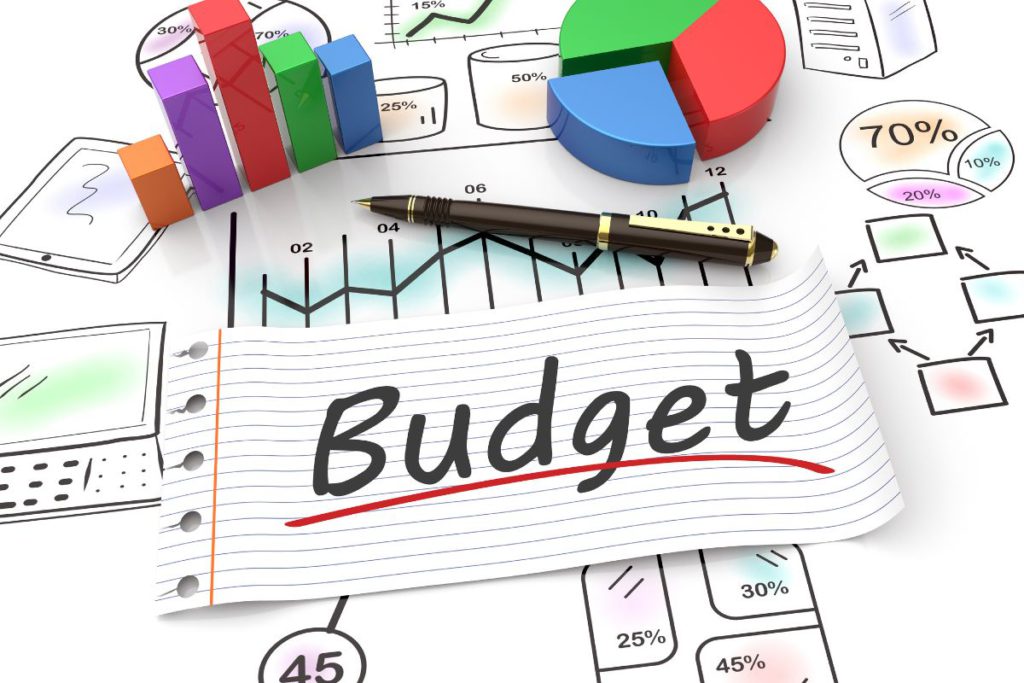Have you ever considered your coffee receipt and how that $5 could grow if invested? That’s the core idea behind micro-investing – turning small, regular investments into meaningful wealth over time. Let’s explore how to start building your fortune, one dollar at a time.
What Makes Micro-Investing Different?

Micro-investing breaks down traditional investment barriers by allowing you to invest tiny amounts of money – often just a few dollars at a time. Instead of waiting to save $1,000 to start investing, you can begin with your spare change.
The Math Behind Micro-Investing
Let’s break down how small amounts can grow:
Daily Coffee: $5
Weekly Amount: $35
Monthly Amount: $150
Yearly Amount: $1,800
If invested monthly with 7% average annual returns:
After 5 years: $11,034
After 10 years: $25,803
After 20 years: $75,387
Modern Micro-Investing Methods

Round-Up Investing
When you spend $3.50 on a drink, the app rounds up to $4 and invests the $0.50 difference. Here’s how it adds up:
Average daily transactions: 4
Average round-up per transaction: $0.50
Daily investment: $2
Monthly investment: $60
Yearly investment: $720
With 7% annual returns:
Year 1: $720 becomes $770
Year 5: $3,600 becomes $4,413
Year 10: $7,200 becomes $10,321
Fixed Small-Sum Investing
Setting aside $10 per week might seem insignificant, but consider this growth:
Weekly investment: $10
Monthly total: $43.33 (average)
Yearly total: $520
With 7% annual returns:
Year 1: $520 becomes $556
Year 5: $2,600 becomes $3,188
Year 10: $5,200 becomes $7,454
Getting Started with Micro-Investing

Step 1: Choose Your Investment Strategy
Pick one or combine these approaches:
- Round-up investments
- Fixed weekly/monthly amounts
- Percentage of income (even 1% counts)
- Extra income investing
Step 2: Select Your Investment Vehicles
Modern micro-investing platforms offer several options:
ETFs (Exchange-Traded Funds):
– Minimum Investment: Often $1
– Diversification: Immediate
– Fees: Usually 0.03% to 0.25% annually
Individual Stocks:
– Fractional Shares Available
– Minimum Investment: As low as $1
– Choose from thousands of companies
Step 3: Automate Your Investments
Set up automatic transfers based on:
Frequency options:
– Daily round-ups
– Weekly fixed amounts
– Bi-weekly with paycheck
– Monthly scheduled transfers
Real Numbers: The Impact of Consistency

Let’s examine three micro-investing approaches:
Conservative Approach
Daily round-ups: $2
Weekly fixed Amount: $5
Monthly total: $81.67
Annual investment: $980
After 10 years (7% return): $14,037
Moderate Approach
Daily round-ups: $3
Weekly fixed Amount: $10
Monthly total: $133.33
Annual investment: $1,600
After 10 years (7% return): $22,924
Aggressive Approach
Daily round-ups: $5
Weekly fixed Amount: $20
Monthly total: $236.67
Annual investment: $2,840
After 10 years (7% return): $40,689
Maximizing Your Micro-Investing Strategy

Optimization Techniques
- Increase Gradually
Month 1-3: $5/week
Month 4-6: $10/week
Month 7-12: $15/week
Result: $520 invested in first year
2. Bonus Investment Strategy
Tax refund: Invest 25%
Work bonus: Invest 20%
Gift money: Invest 15%
Extra income: Invest 10%
Common Micro-Investing Mistakes to Avoid
Fee Awareness
Calculate the impact of fees:
Investment amount: $100/month
Platform fee: $1/month
Annual fee impact: $12/$1,200 = 1%
Portfolio Balance
Maintain proper diversification:
Suggested allocation for beginners:
– Broad market ETFs: 60%
– Bond ETFs: 20%
– International ETFs: 20%
Advanced Micro-Investing Strategies

Dollar-Cost Averaging
Monthly investment: $100
Average purchase prices:
Month 1: $10/share (10 shares)
Month 2: $8/share (12.5 shares)
Month 3: $12/share (8.3 shares)
Average cost per share: $9.89
Dividend Reinvestment
Initial investment: $1,000
Dividend yield: 2%
Annual dividend: $20
After 10 years with reinvestment (7% growth + 2% dividend):
Final value: $2,593
Building Long-Term Wealth
Compound Growth Strategy
Start with: $5/day
Increase by: $1/day each year
After 5 years:
– Daily investment: $9
– Total invested: $12,775
– Account value (7% return): $14,563
Conclusion

Micro-investing proves that building wealth can be a manageable sum of money but consistency and time. Start with what you can afford today, automate your investments, and let compound interest work magic. Remember, the best time to start investing was yesterday; the second best time is today.
Begin your micro-investing journey with whatever Amount fits your budget. Focus on building the habit first, then gradually increase your investments as your comfort and income grow. With time and patience, these small investments will compound into significant wealth.







